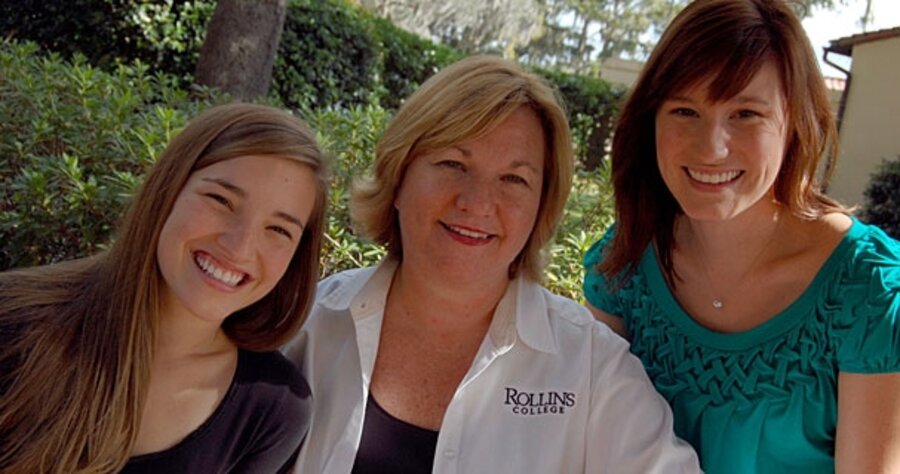Women make modest gains in Election 2008
Loading...
| Washington
For women in politics, 2008 was both an extraordinary and an ordinary year. The extraordinary – the candidacies of Hillary Rodham Clinton and Sarah Palin for national office – dominated headlines and sparked national discussions about gender and power.
But even as the highest glass ceiling in American politics came the closest it ever has to being shattered, in Congress it was business as usual: Women made a net gain of one seat in the Senate, bringing the total to 17 out of 100, and three seats in the House, moving up from 71 to 74 out of 435 seats, or 17 percent. At least the numbers keep going up, say advocates for women in politics, but the United States still lags woefully in world rankings.
As of Oct. 31, the US ranked 71st out of 188 countries for its percentage of women in the lower House, according to the Inter-Parliamentary Union.
“At this rate, it will take us till 2063 to reach parity,” says Marie Wilson, president of the White House Project, an organization working to advance women in leadership. “I mean, come on! We have to speed things up.”
At the state level, the pipeline into federal office, there were some bright spots in 2008: A record number of women, 2,328, ran for state legislatures in a presidential election year, surpassing the previous presidential-year record of 2,302 set in 1992. (The overall record was set in 2006, when 2,429 women ran. More state legislative seats are up for election in non-presidential election years.)
“So 2008 was a record, and it managed to get us from 23.7 percent of women serving in state legislatures to 24.2 percent,” says Debbie Walsh, director of the Center for American Women and Politics at Rutgers University in New Brunswick, New Jersey.
Another bright spot emerged in New Hampshire, where women now hold a majority in the state Senate, 13 out of 24 seats – the first state legislative body in US history to be majority female. New Hampshire, and New England in general, has a history of electing women to office, owing to a tradition of citizen part-time legislators. In New Hampshire, the annual pay for legislators is $100, plus travel reimbursement.
Overall, when the totals of each state’s legislative bodies are combined, Colorado ranks No. 1 for female representation, with 38 percent. Vermont has 37.8 percent, and New Hampshire, 37.7 percent.
“Once we drop the decimal points, we know that women will have arrived,” writes former Vermont Gov. Madeleine Kunin in a blog. In an interview, she notes that the citizen-legislator model of her state is what allowed her to get into politics when her four children were young.
In contrast, South Carolina now has no women in its state senate.
Women’s advocates are hopeful that the examples of Senator Clinton and Governor Palin will spur more women, of all political stripes, to throw their hats in the ring. Both demonstrated how far one can go, even without the typical resume for high office. Clinton lacked executive experience and Palin had less than two years as governor of Alaska when she agreed to be Republican nominee John McCain’s running mate.
While women are inclined to wait to be asked to run for office, neither woman had to be invited. Palin had a particularly meteoric rise to national prominence, after taking on the Republican old-boys network of Alaska – a story that put her in Senator McCain’s sights.
In the end, come Inauguration Day in January, it will be two men taking the oath for the highest offices in the land. African-American parents can now point to President-elect Barack Obama as a role model for their kids.
But what about the parents of girls? Did the Clinton and Palin candidacies leave girls with a sense of possibility, or a feeling that you can run, but you can’t win?
In Monitor interviews, young women and their mothers said they felt the 2008 election demonstrated that gender and race are not impediments to running as a credible candidate, and that even though a woman still has yet to be elected president, Mr. Obama’s election helps pave the way for that to happen someday.
“Because Obama became the president, that’s another possibility for us, because he is a minority, and women are considered a minority group in the social world,” says Ashley Eden, a graduate student at the University of Central Florida in Orlando. “So I think that also is a benefit for women as well.”
Her mother, Joni Eden, agrees. The election of Obama “gives our girls hope, but I think it gives everybody hope that they can ... be anything they want to be.”
“We say it all the time, but I don’t think it’s ever really been shown at this level,” adds Ms. Eden, an executive assistant at Rollins College in Winter Park, Fla.
The legions of young women who volunteered for the Obama campaign – to the frustration of Clinton supporters – are a testament to the sense of younger women these days that they feel empowered enough that they don’t have to vote their gender.
Advocates of women in politics hope that all these young women who volunteered, both Democrat and Republican, will turn that activism into running for office themselves someday.
“Definitely, I think that young girls know that women can go far,” says Katya Ruiz, a high school junior in suburban Orlando. “It’s not a question of knowing that. We know that. And I think we’re very empowered now.”
Her mother, Margarita Koblasz, an instructor in legal studies at the University of Central Florida, adds to the thought: “[That’s] different from the generation that we grew up in and different from the generation that our mothers grew up in. ... Now I’ve got a daughter saying of course women can be president, which wasn’t something we could be taught.”
Amy Green contributed to this report from Orlando, Fla.





